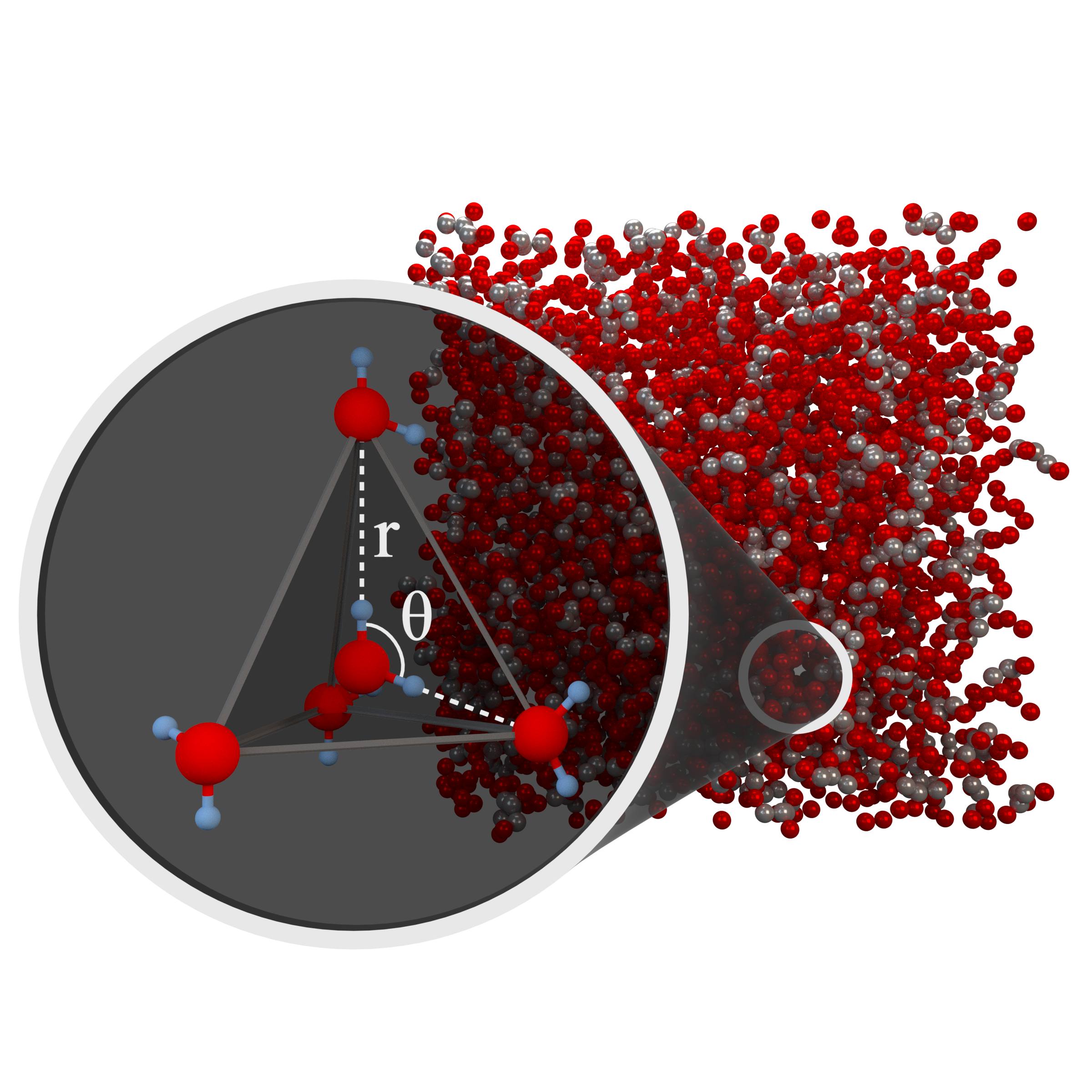The Eastern Wood frog’s ability to survive being frozen to temperatures as low as -8°C for weeks in North America is inspiring scientists to investigate how glycerol, nature’s answer to antifreeze, interacts with water to prevent harmful ice crystals from forming.The results are published in the Journal of Physical Chemistry B.
Cryoprotectant molecules, including glycerol, play an important role in protecting cells and tissues from harmful ice crystals when they are cooled to sub-zero temperatures during freeze storage. However, the molecular mechanism of cryopreservation is still somewhat unclear, and central to this problem is the action of cryoprotectants on the structure of water.
It is the ability of organisms that can survive in extreme cold environments, known as psychrophiles, that inspired the team of physicists at the University of Leeds to investigate cryoprotectants, in an attempt to unpick the biological rules that allow their survival.
In neutron diffraction studies on the SANDALS instrument at ISIS, the team re-created freezing conditions to see how glycerol affects the structure of water, at the molecular level.
Through a combination of neutron experiments and computer simulations, they found that the solution is not a homogenous mixture at low temperatures, with nanosegregation occurring when the solution is cooled to -35°C. The water molecules form clusters that are ‘protected’ by an extensive network of glycerol, preventing the formation of ice crystals.
When the team looked in more detail, they found the water clusters looked similar to a low density form of water, showing all the signs it is about to freeze but then it does not. Instead, the matrix of glycerol molecules encapsulates the water.

Low density water in a nano-segregated cryoprotectant solution. Credit: Journal of Physical Chemistry B
View full-size image
The results could be used to improve freeze storage techniques in fertility treatment, food storage and the pharmaceutical industry, as well as in the discovery of the next generation of cryoprotectants.
They also offer a platform for the future study of water at temperatures and pressures that were not previously possible for long periods of time, to try and understand more about the most ubiquitous but also poorly understood substance on the planet.
Dr Lorna Dougan, who leads the group at the University of Leeds said, “The experiments provide more insight into the fundamental properties of water. It’s important because it raises questions about what cryoprotectants are doing in living organisms and could help us take steps to understanding how these organisms survive.”
“If we understand what glycerol is doing we might be able to fine tune some of these cryoprotectants that are used to find more effective combinations,” Dr Dougan added.
Emily Mobley
Research date: May 2016
Further Information
The lead author on the paper, Dr James Towey who completed the experiments during his PhD with Dr Lorna Dougan was funded by an EPSRC DTA studentship. (Now known as a Doctoral Training Partnership: https://www.epsrc.ac.uk/skills/students/dta/)
Lorna Dougan is funded by an European Research Council grant on 'Extreme Biophysics'.
Towey, J.J, Soper, A.K and Dougan, L. (2016) Low-Density water structure observed in nanosegregated cryoprotectants solution at low temperatures from 285 to 238 K. Journal of Physical Chemistry B
